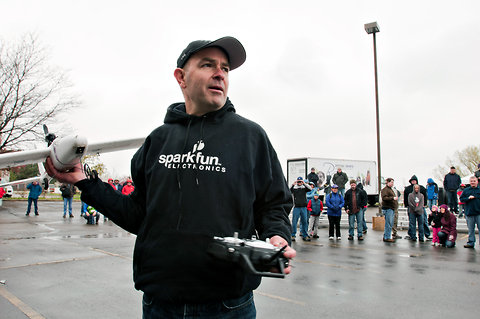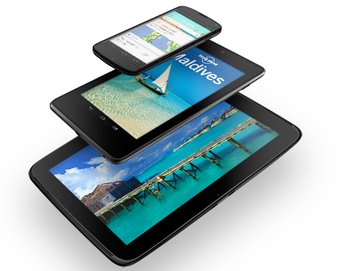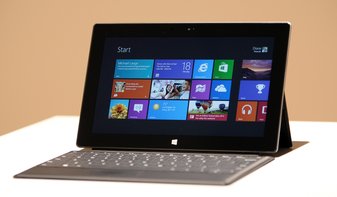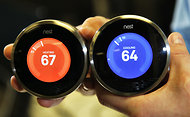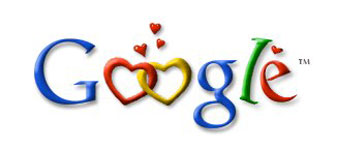Before helping to start Velvet Palate in New York in January, Ms. Kooren worked for an online media company that analyzed how effectively subscription offers and other marketing tools attracted new customers.
“We could see which Web sites people were coming from when they arrived on our Web pages, what they clicked, where they abandoned the process,” she said. “And that allowed us to constantly tweak and improve what we were offering and how we were communicating.”
In her new venture, Ms. Kooren said her goal had been to use online data collection and Web analytics to cater to customers’ tastes.
There is nothing new, of course, about paying attention to customer needs and desires, but there is now far more data available — far less expensively — through Web analytics and customer-loyalty programs. Using basic e-commerce software along with free tools like Google Analytics and Bing Webmaster Tools, small businesses can perform sophisticated data collection and analysis that can help them compete with companies that have far greater resources.
Based on the experiences of business owners, this guide offers suggestions on how both Web-based businesses and traditional retailers can use data.
CAPTURE PREFERENCES Velvet Palate offers highly rated wines along with information about how the wines are made and what foods they might best be paired with. Ms. Kooren asks customers who register with the site to fill out a questionnaire that helps her direct them to the right types of wines.
“We can only offer a limited number of wines,” she said. “So we offer choices that are geared toward their preferences.”
Velvet Palate’s e-commerce software, Magento Enterprise, tracks sales, but it also identifies tiers of customers, including those who have bought repeatedly, those who have bought once but not returned, and those who have visited the Web site but not made any purchases. This allows Ms. Kooren to target each group in different ways.
To entice one-time buyers to come back, for example, she might offer free shipping for a limited time. “I try different ideas and see what kind of response I get,” she said.
This kind of analysis can increase sales, according to Peter Fader, a professor of marketing at the University of Pennsylvania’s Wharton School and author of “Customer Centricity,” because it allows companies to adjust their offerings and even to design products to meet the needs of their customers. Businesses can more accurately predict which customers will visit again, what products will interest them and which special offers will appeal to them.
RESPOND QUICKLY Kassie Rempel, founder of SimplySoles in Washington, sells women’s shoes both online and through a catalog. Like many retailers, she has found that some customers routinely go through the steps of browsing her site and putting an item in a virtual shopping cart — but then leave before completing the purchase. “They may have gotten distracted, or they weren’t sure about buying the shoes,” Ms. Rempel said.
Those shoppers, she said, are more likely to make a purchase than a visitor who spends time on the site without selecting a product. To try to encourage them to complete a purchase, she has set up a proprietary system — created for her by a Web development company, the Richard Group — that automatically asks the customers by e-mail if they would like to complete the purchases they started. About 15 percent of them do so.
Ms. Rempel, who has an agreement to sell her business this week, also uses a Google Analytics dashboard that reports Web traffic information, like where her visitors come from. Even before the social networking site Pinterest became popular, she saw that many of her customers were coming from the pinboard site. “That data told us we needed to have a presence on Pinterest and start to monitor it,” she said.
There are other tools that help small businesses generate and manage customer data.
Using Bing Webmaster search engine optimization tools, Ms. Kooren gets advice on how to improve her ranking in search results, such as adding a descriptive image tag to an untagged photo. She can also watch what is happening live on her site by using an app called Chartbeat. When she noticed visitors viewing a Web page that described a wine that had recently sold out, she bought more.
Cassey Ho, founder of Blogilates, which includes the oGorgeous shopping site and the Blogilates blog, offers exercise videos, healthy menus and advice. She also designs and sells a line of workout clothes and accessories. When Ms. Ho e-mails a newsletter to her 70,000 subscribers, she tracks how many click on links to view new offerings and products on sale.
Because fashion moves quickly, she said, getting immediate feedback helps keep her site fresh. The dashboard of her e-commerce software, Highwire, shows how many purchases have been made of, say, a recently offered neon hoodie and how many she has left in inventory.
“Colors are very important,” she said, “and if we see one is selling very quickly, we can adapt right away and put in an additional order with our supplier.”
LISTEN TO THE CHATTER Customer opinions that used to require formal market research to discern are now readily available through feedback forms and discussion forums. When a frequent customer posted a note to other Velvet Palate members that Spanish Rose was a great summer wine for entertaining, Ms. Kooren used that idea in a marketing message.
Services like Sentiment Metrics or Radian6 can help a company track how it is being discussed online. Ms. Kooren uses Sentiment Metrics and is alerted when Velvet Palate or any of her specified search terms are mentioned. She can view totals or drill down to individual mentions to see how influential a poster might be, as judged, for example, by how many Twitter followers the person has.
BUILD RELATIONSHIPS Even brick-and-mortar stores can use new data collection technology. Adrian Taylor, who opened the Ben Franklin craft store 37 years ago in Monroe, Wash., added a customer-loyalty program to his point-of-sale software last year after an employee suggested that it was in keeping with the spirit of a country store that wanted to get to know its customers.
Store employees have signed up more than 20,000 customers since the BLoyal tracking and rewards system was installed. At first, Mr. Taylor used it to see which products and hobbies were popular, so he could adjust his orders. Then he started to reward frequent customers by e-mailing them sneak peeks at new merchandise, sales events and free classes. His tracking and rewards system identifies the store’s most valuable shoppers.
“We used to have an idea who our best customers were because we’d see them often in the store,” he said. “But using BLoyal, we can identify people we may not have noticed and can make sure someone recognizes them when they visit to say thank you and point out new items they might be interested in.”
In the past, combing through sales records and categorizing customers would have taken too much time, Mr. Taylor said, but now he cannot imagine doing business without that information.
Article source: http://www.nytimes.com/2012/12/13/business/smallbusiness/data-analysis-helps-stores-compete.html?partner=rss&emc=rss
